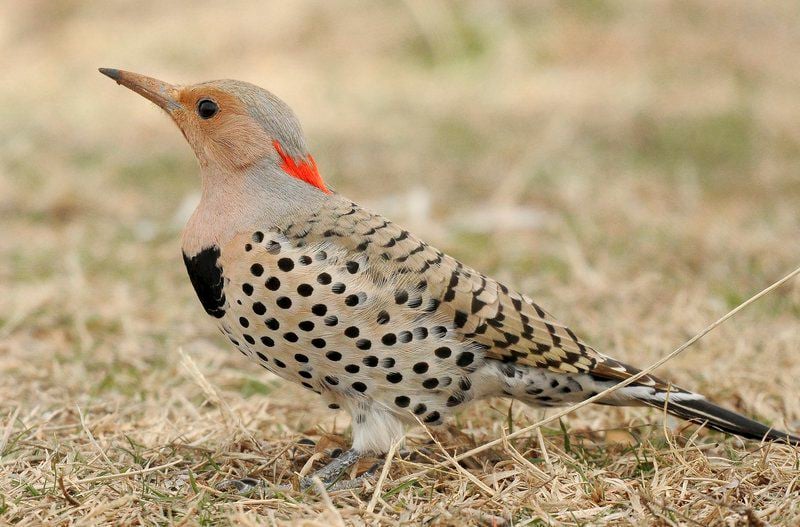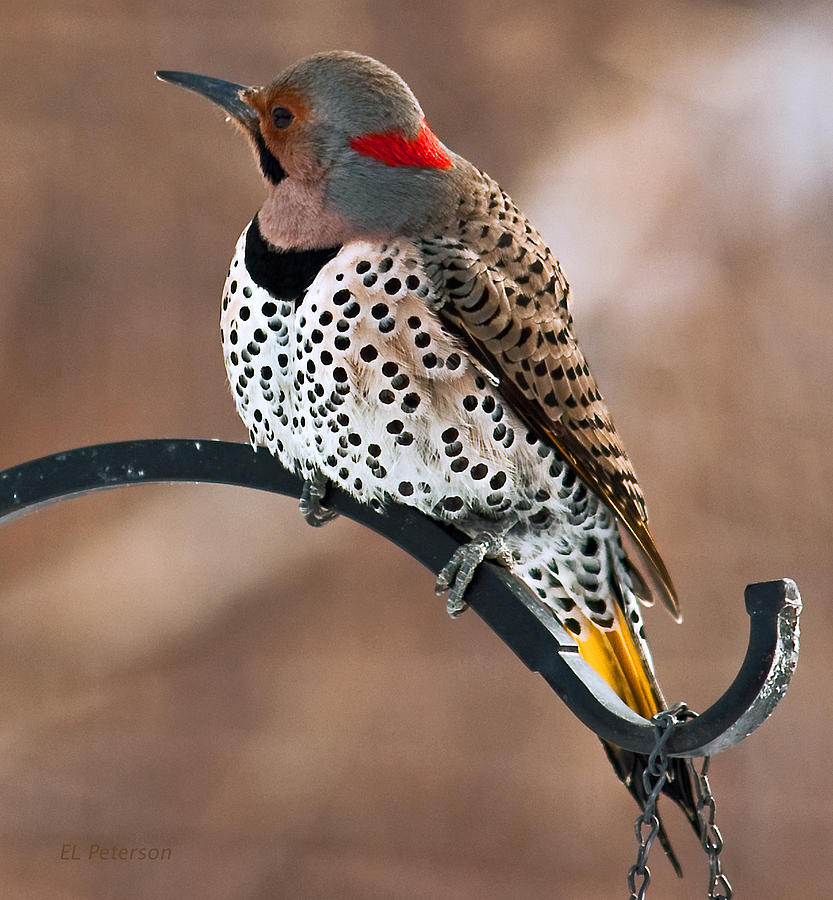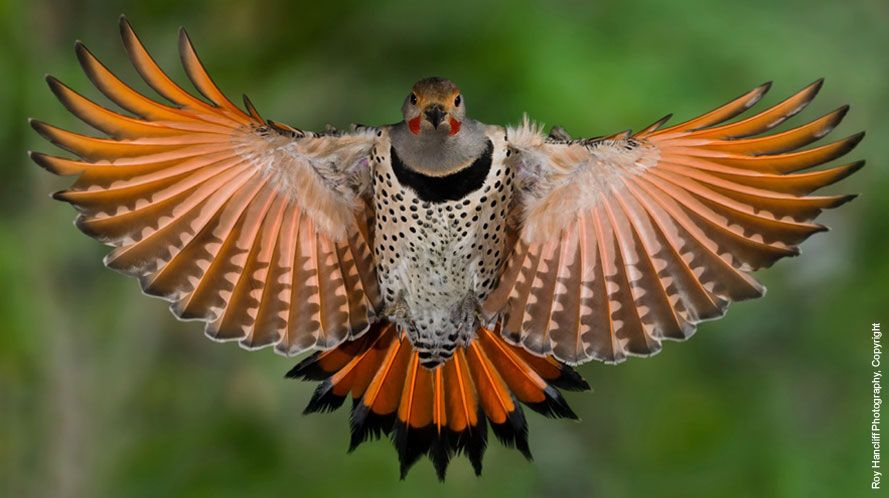

Other insects they consume include grasshoppers, crickets, termites, wasps, aphids, beetles and their larvae, caterpillars, and spiders. Their song is a loud "wick wick wick wick wick," while individual notes sound like a loud "klee-yer" and a squeaky "flick-a flick-a flick-a." Sometimes tail spreading accompanies head swinging or bobbing displays.įlickers sing during flight. There is also a "head bobbing" display that may be used. A more aggressive display is "head swinging," whereby a flicker will use side-to-side movements of his head and body against an opponent. That is, a flicker may point his bill at a rival with his head tilted forward, or actually peck at an opponent. Their song is a loud "wick wick wick wick wick," while individual notes sound like a loud "klee-yer" and a squeaky "flick-a flick-a flick-a" (Peterson 1967).Īggressive displays such as "bill directing" or "bill poking" are used by flickers. 1995).įlickers have a deeply undulating flight. After the nestling period of 25 to 28 days, the young remain with the parents for some time, calling to the parents to be fed (Winkler et al. Young flickers will molt to adult plumage from June to October (Palmer and Fowler 1975). Sometimes tail spreading accompanies head swinging or bobbing displays (Short 1982, Bent 1992). That is, a flicker may point his bill at a rival with his head inclined forward, or actually peck at an opponent. Aggressive displays such as "bill directing" or "bill poking" are used by flickers. To protect his mate or territory, birds of the same sex become aggressive toward each other (Palmer and Fowler 1975). Male flickers recognize females by sight. Status: wild 110 months Bird Banding Laboratory Most Northern Flickers probably live much less than this, maybe surviving only a few years.

The longest lifespan recorded is 9 years and 2 months for a yellow-shafted form of the Northern Flicker and 6 years and 8 months for a red-shafted form of the Northern Flicker. Young flickers will molt to adult plumage from June to October. After the nestling period of 25 to 28 days, the young remain with the parents for some time, calling to the parents to be fed. Range time to hatching 16.0 (high) daysīoth parents help to incubate the eggs and care for nestlings.


One or two annual broods occur (Palmer and Fowler 1975). Both parents incubate the eggs for 11 to 16 days. The eggs are approximately 3 cm by 2.2 cm and weigh 7 g. Larger clutches have been reported (Palmer and Fowler 1975), but these clutches are the result of eggs from more than one female (Winkler et al. There are 3 to 12 white, glossy eggs per clutch (Winkler et al. Nests are usually built below 3 m (Winkler et al. These woodpeckers will build nests in nestboxes (Palmer and Fowler 1975). The nest is excavated in dead tree trunks, dead parts of live trees, or telephone poles (Palmer and Fowler 1975, Winkler et al. The breeding season occurs from February to July (Winkler et al. In the Eastern form, Yellow-shafted Flicker, the male has yellow underwings and under the tail, while the Western form, the Red-shafted Flicker, has reddish underwings (Peterson 1967, Palmer and Fowler 1975, Farrand, Jr. Underneath, the male is light tan with heavy black spotting. The male has a tan head, gray crown, red nape, black moustache, and a black cresent on the breast. This is the only woodpecker to have a gray-brown barred back and white rump. Its wingspan is 54.1 cm, tail length is 12.2 cm, and bill length is 4.2 cm (Palmer and Fowler 1975). This bird is 30 to 35 cm in length (Palmer and Fowler 1975, Winkler et al. They are also found in open areas, forest edges, clear-cut areas, burnt areas, agricultural lands, and residential areas (Winkler et al. These woodpeckers are found in wooded areas that have stands of dead trees (Palmer and Fowler 1975). In addition, these woodpeckers are found on Grand Cayman, Cuba, and range as far south as the highlands of Nicaragua (Winkler et al. Northern Flickers are migratory and winter in the southern part of this range and in northern Mexico (Palmer and Fowler 1975, Farrand, Jr. This woodpecker ranges from Alaska eastward to Quebec, then south throughout the entire United States.


 0 kommentar(er)
0 kommentar(er)
